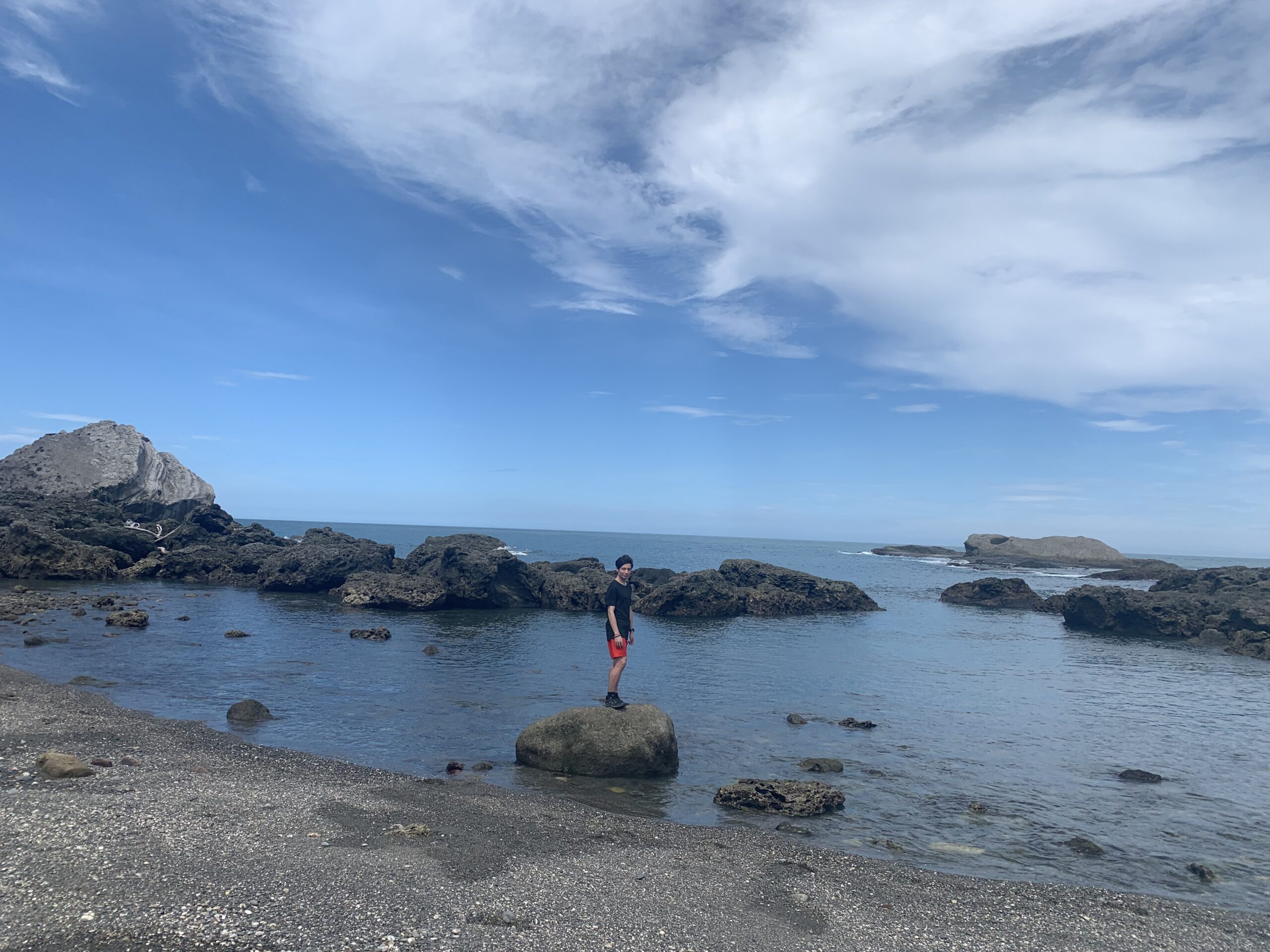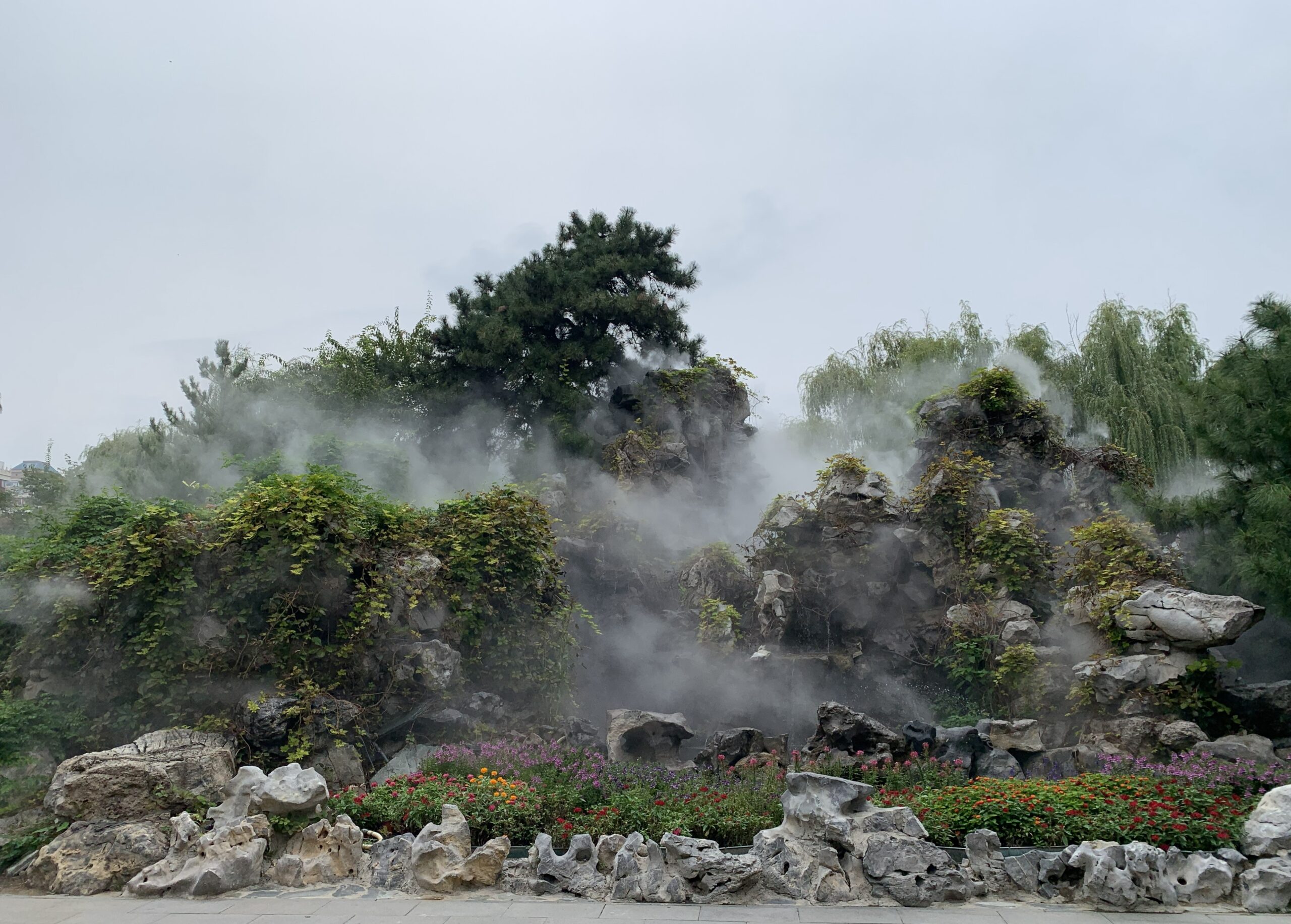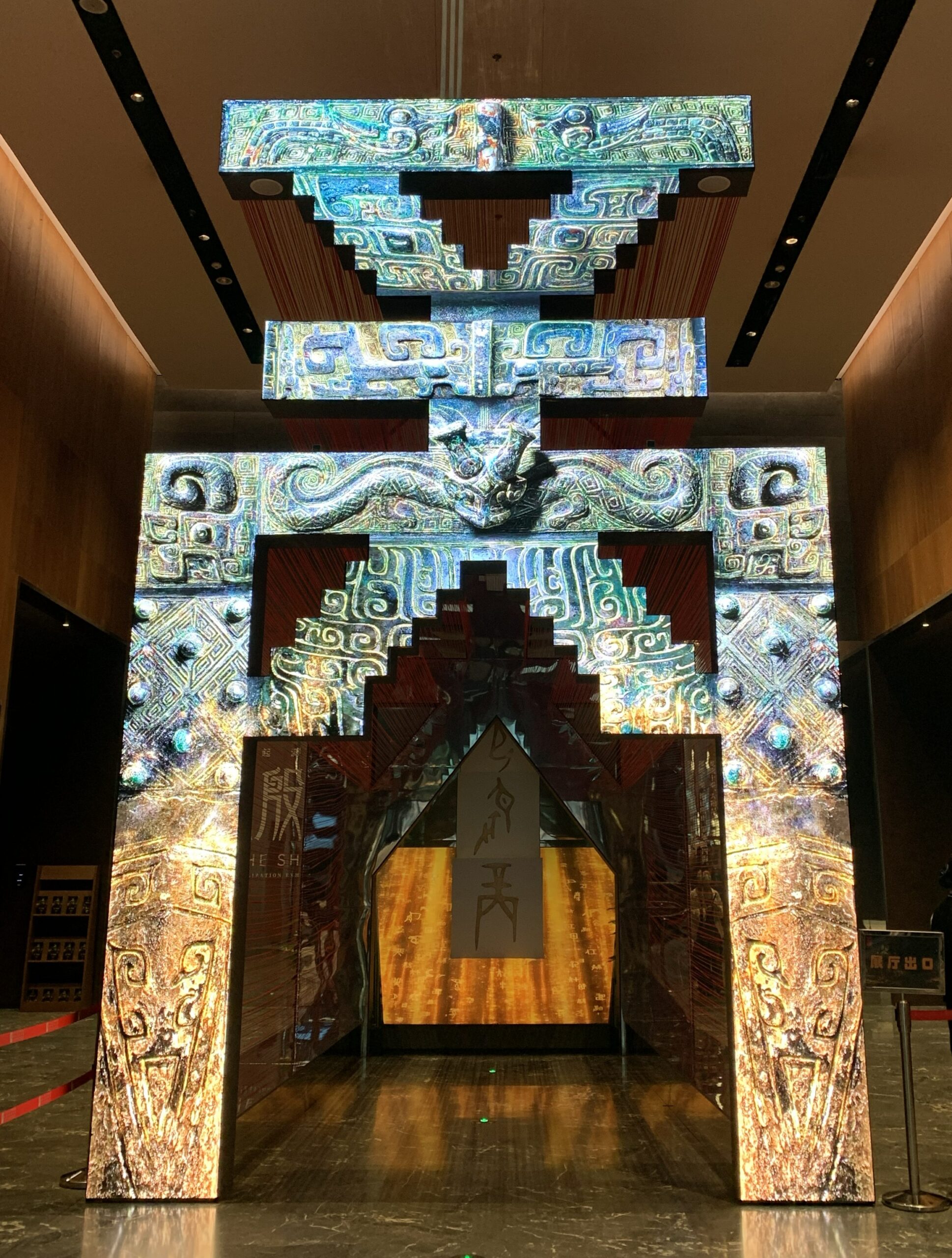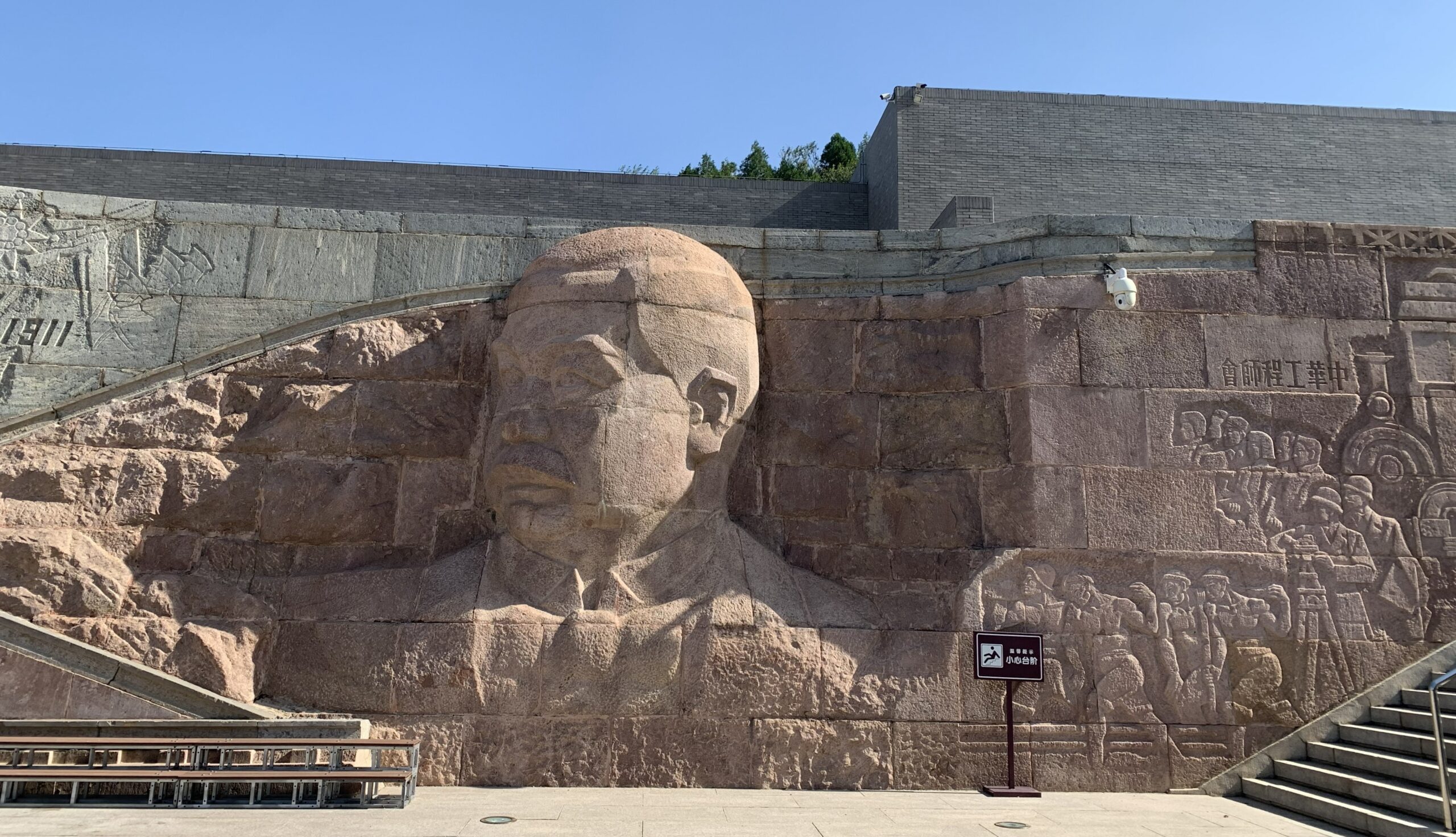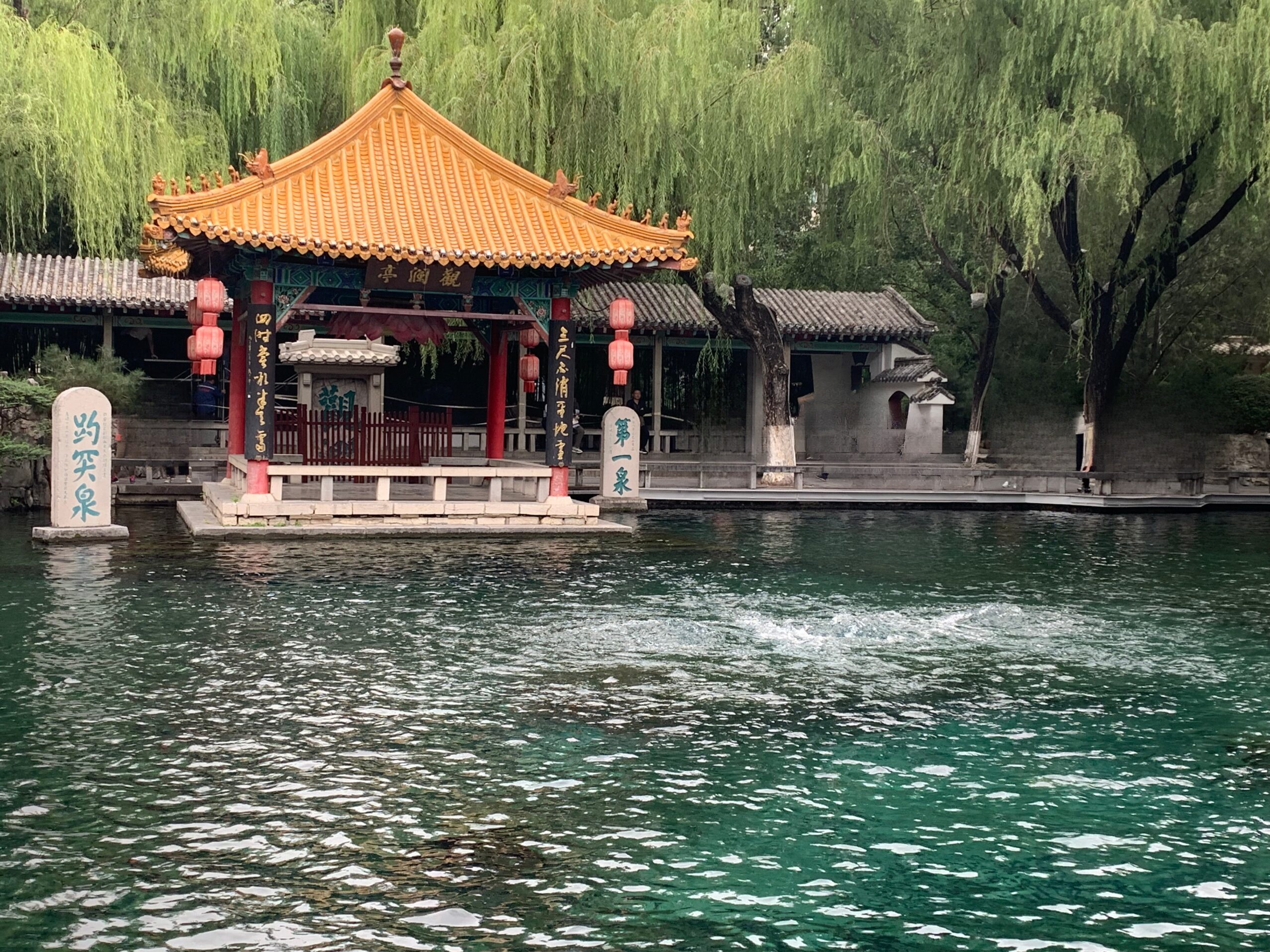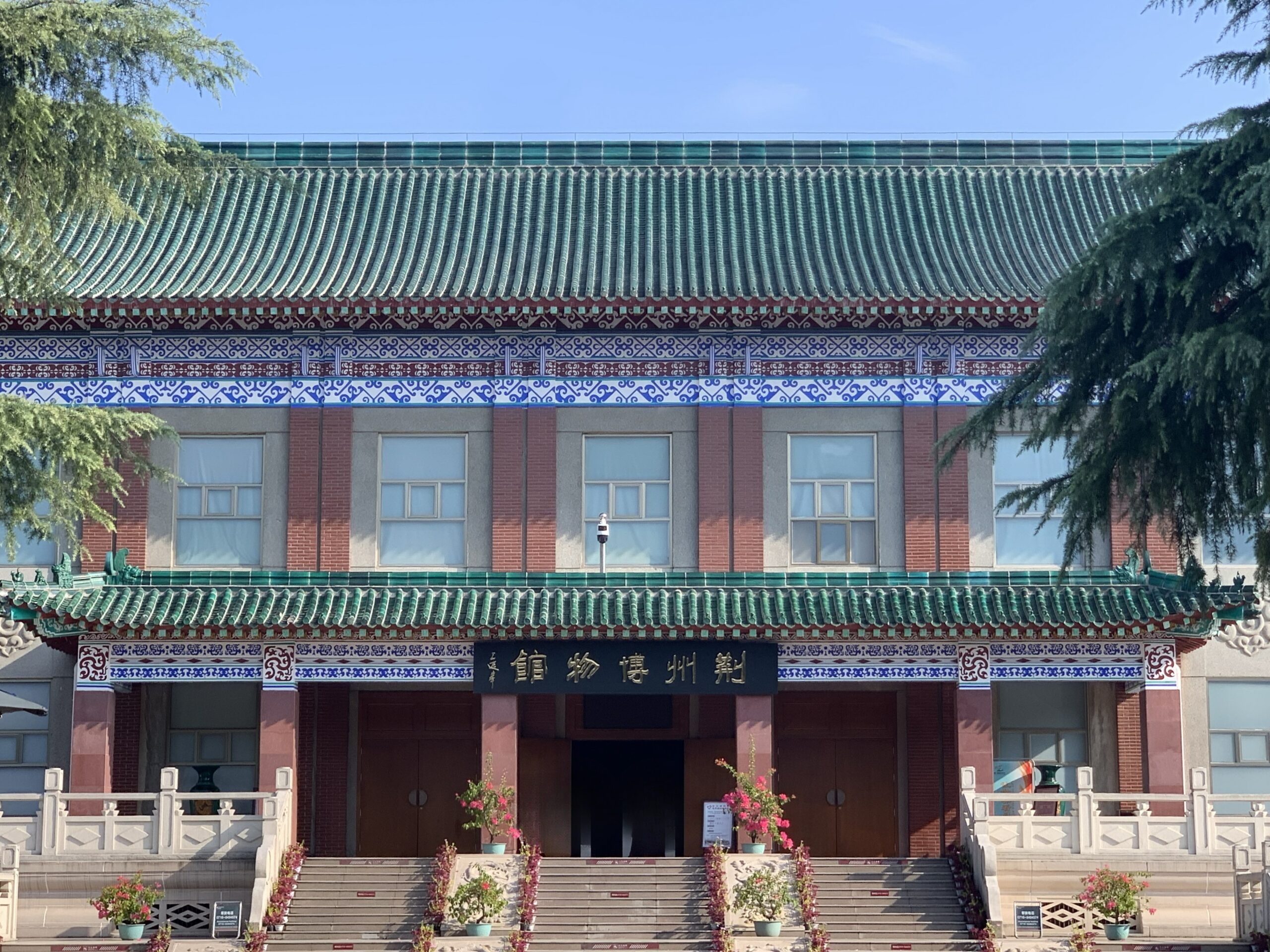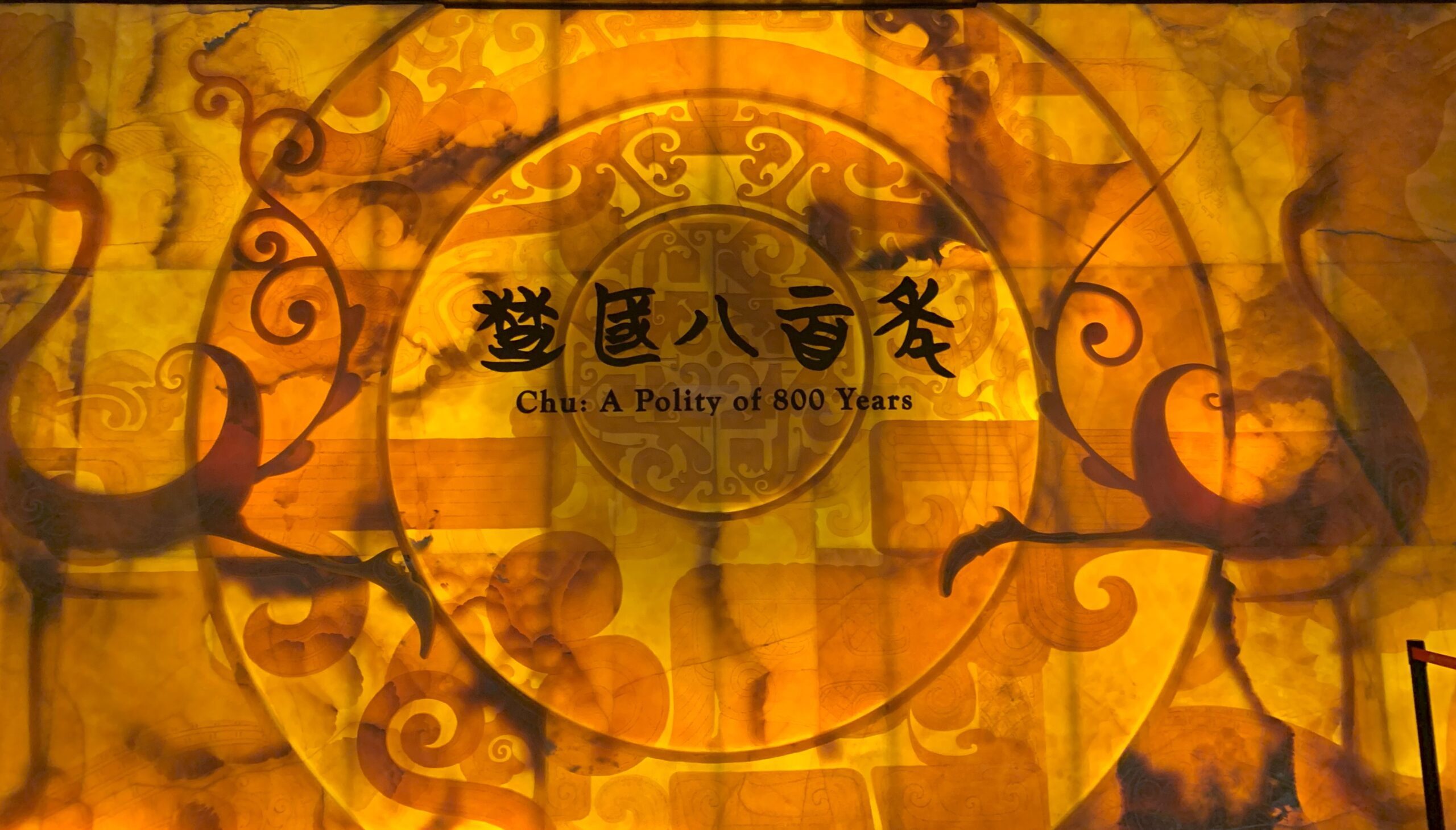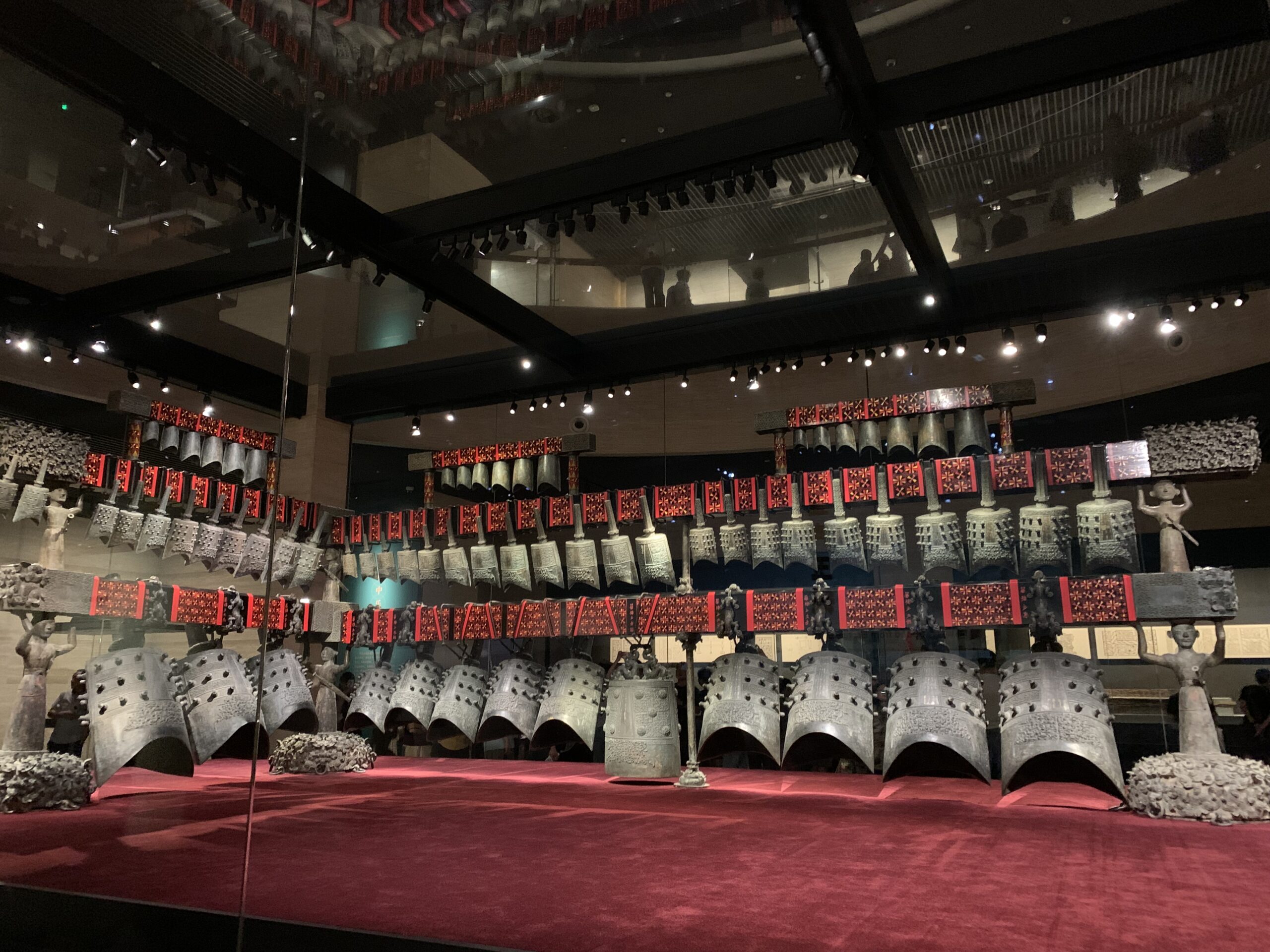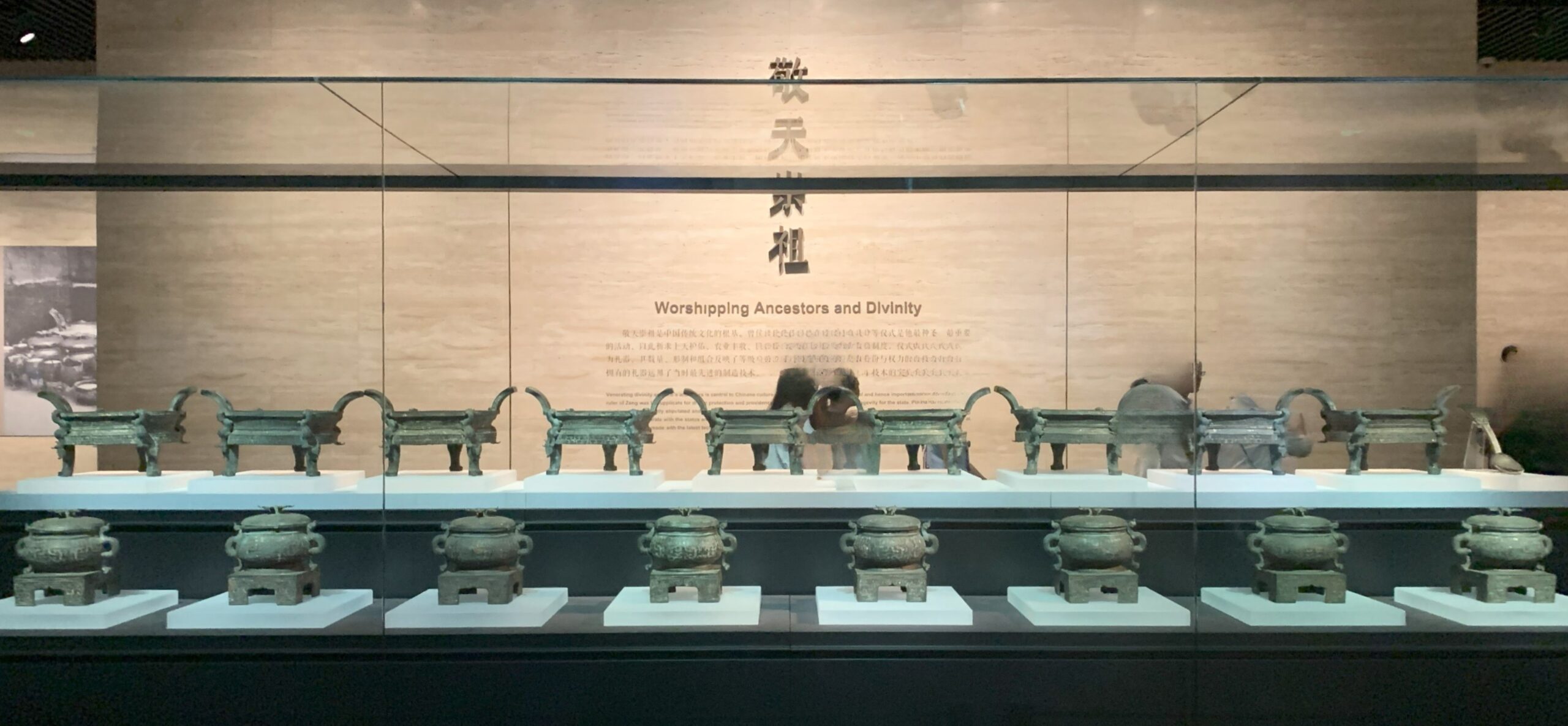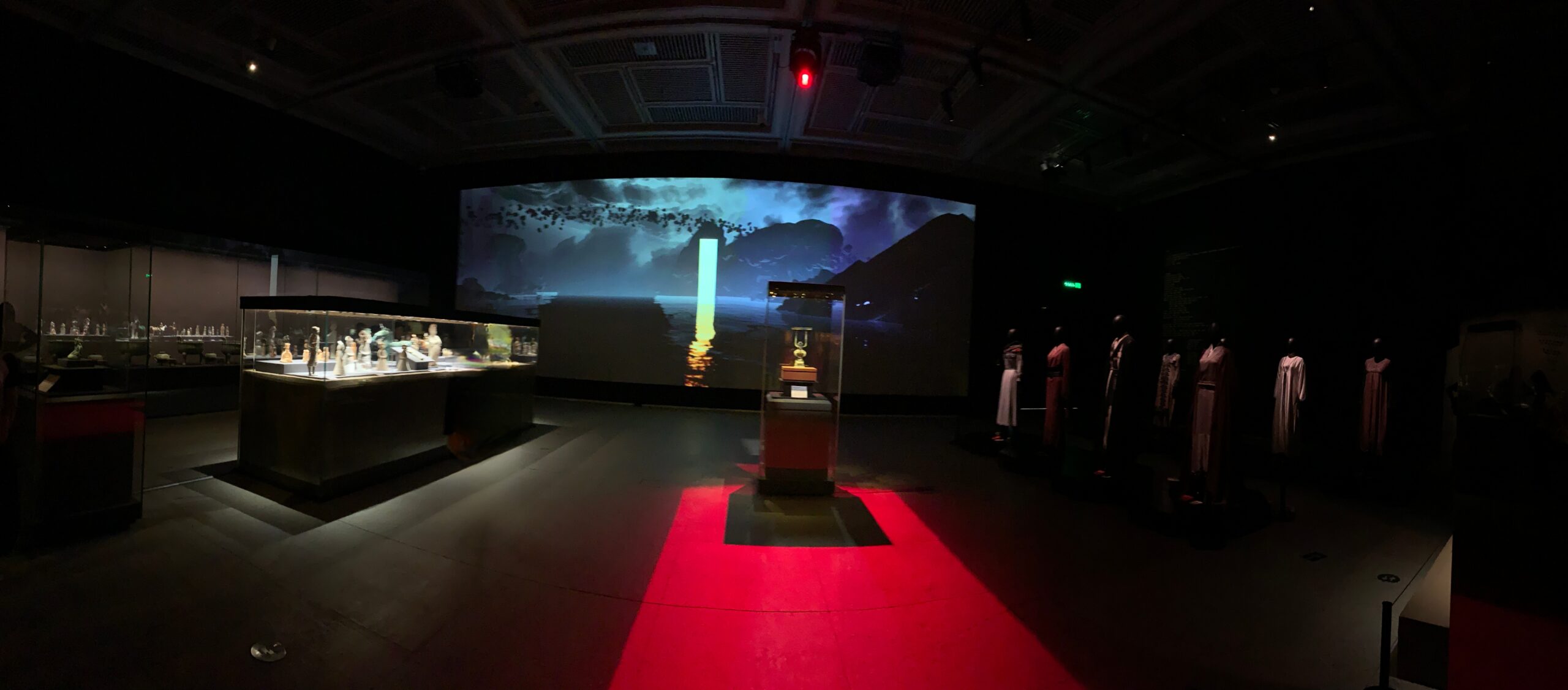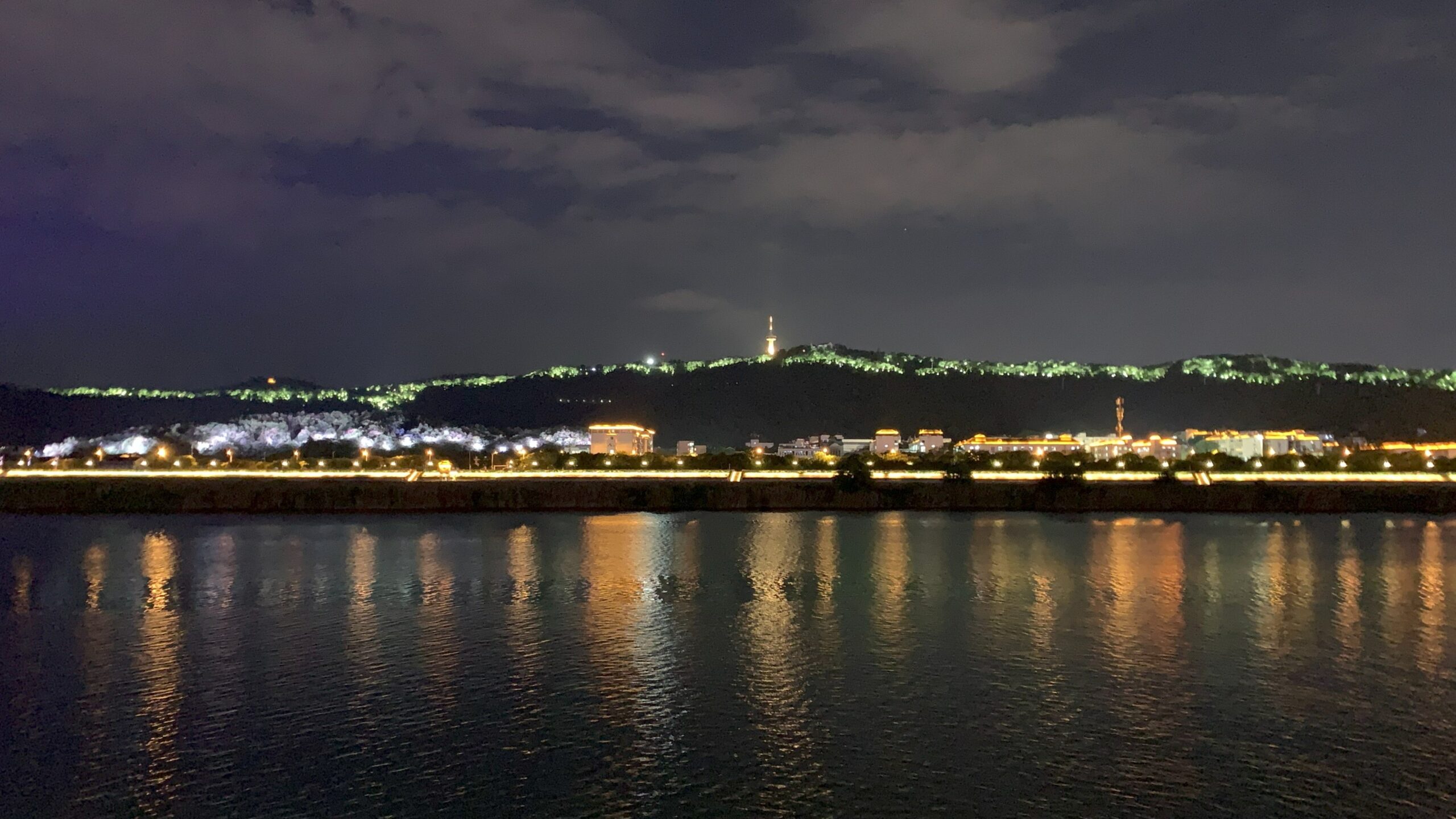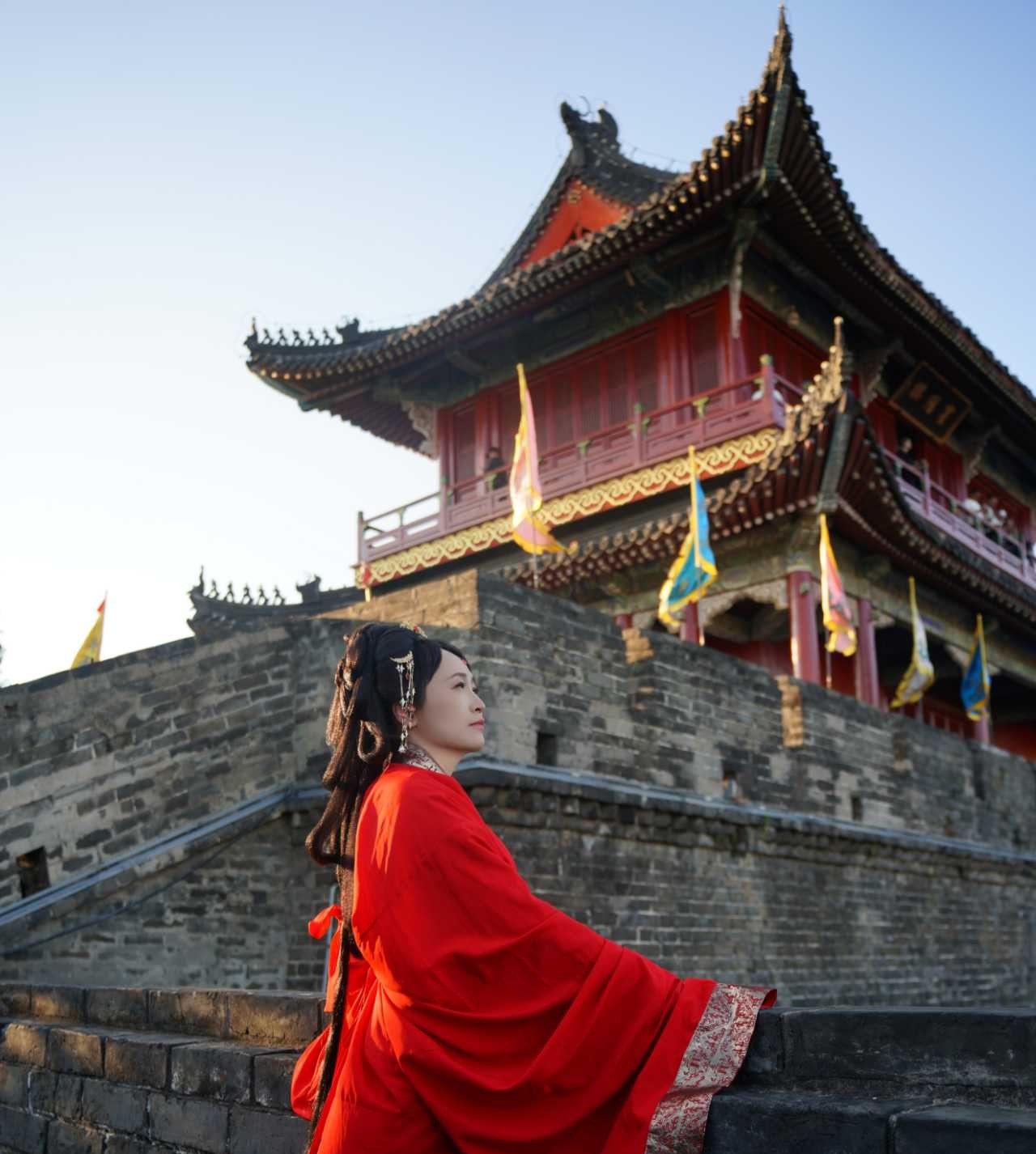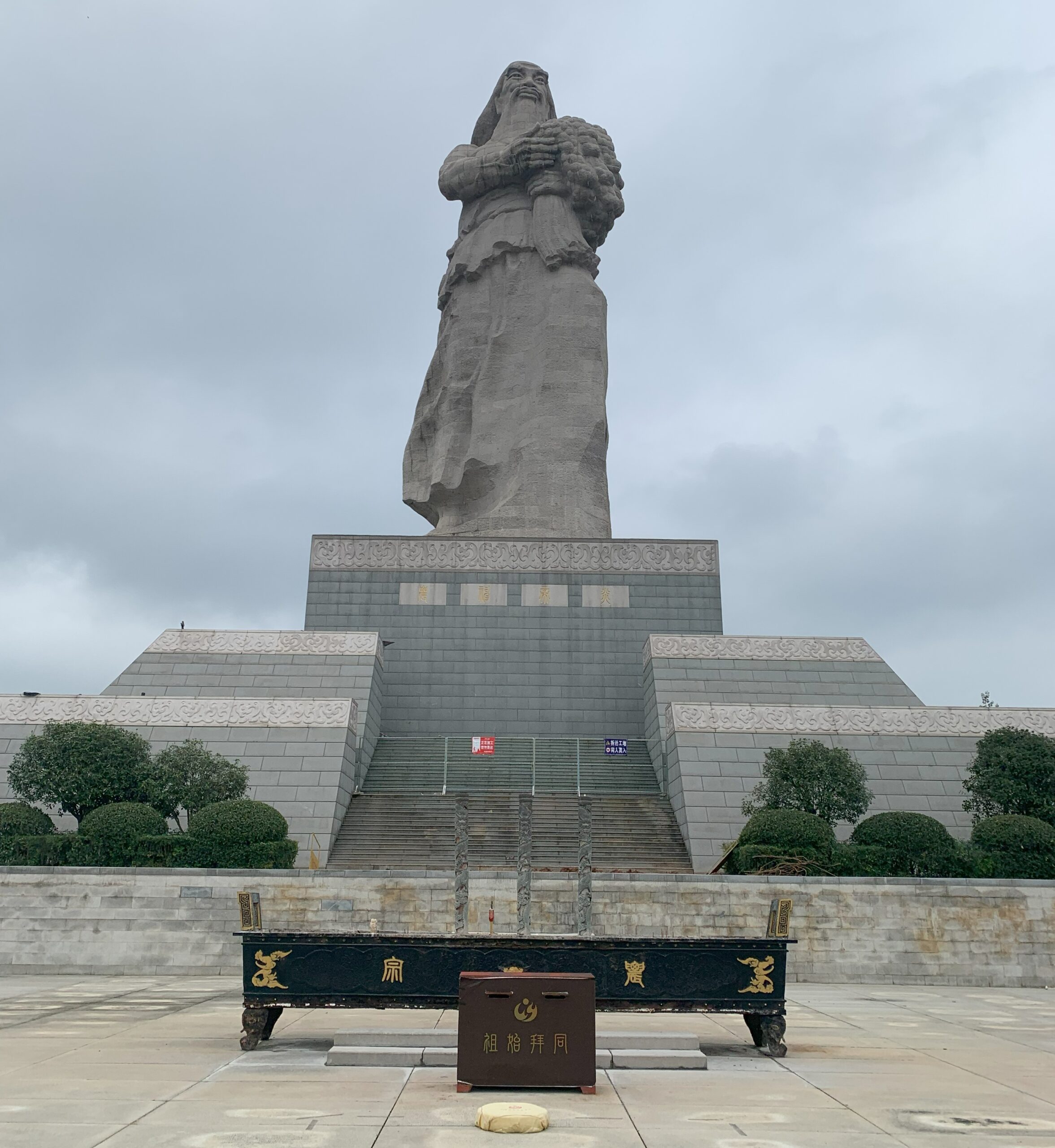《光之召唤,在海的转弯处|花蓮三地记:芭崎・大石鼻山・石梯坪》
本篇为花莲东岸三地的文明记录:在芭崎唱给东君,在大石鼻录下撒奇莱雅族的三十秒海浪,在石梯坪播放《天问》的回音给岩层与海。这不是旅行,而是语气的修复,是裂缝中的听诗之书。// This piece records three cultural moments along the eastern coast of Hualien: singing to the East Lord at Baxi, capturing thirty seconds of the Sakizaya people's sea waves at Dashibi, and playing the echoes of "Tianwen" to the rocks and ocean at Shitiping. It is not a journey but a restoration of tone — a book of listening to poetry written within the fractures.

